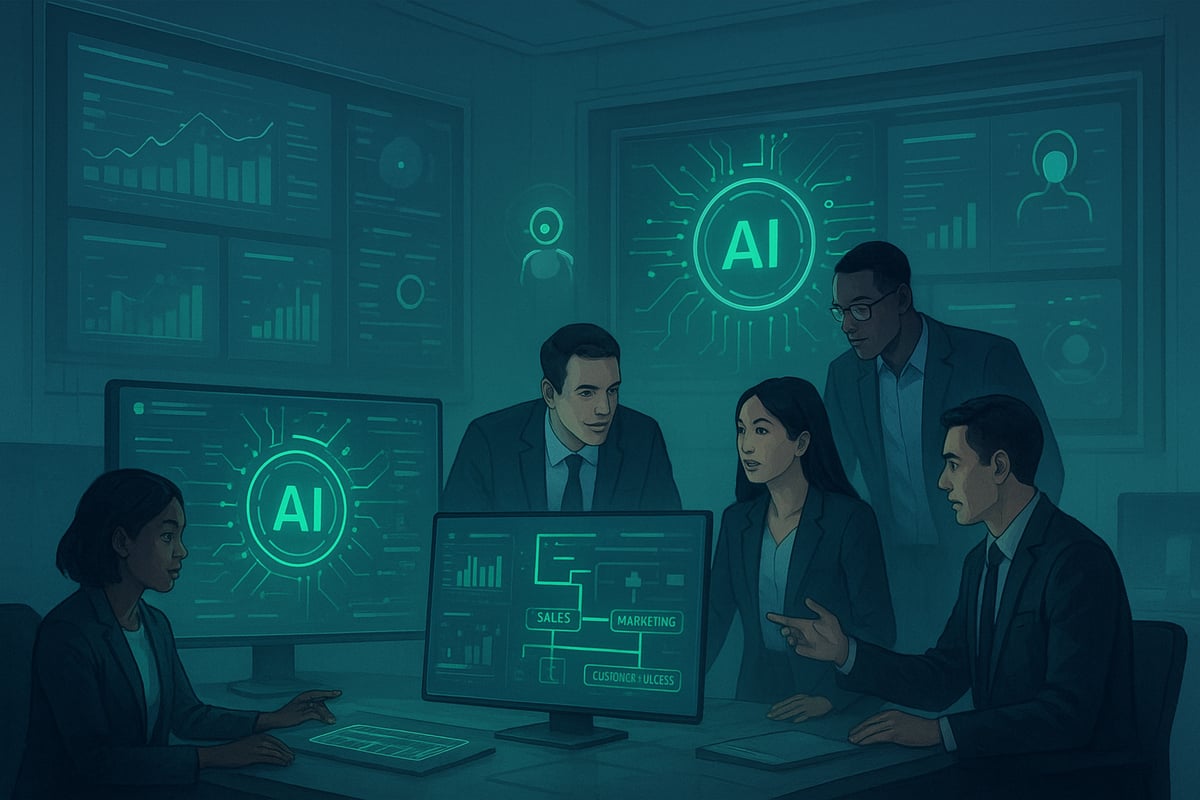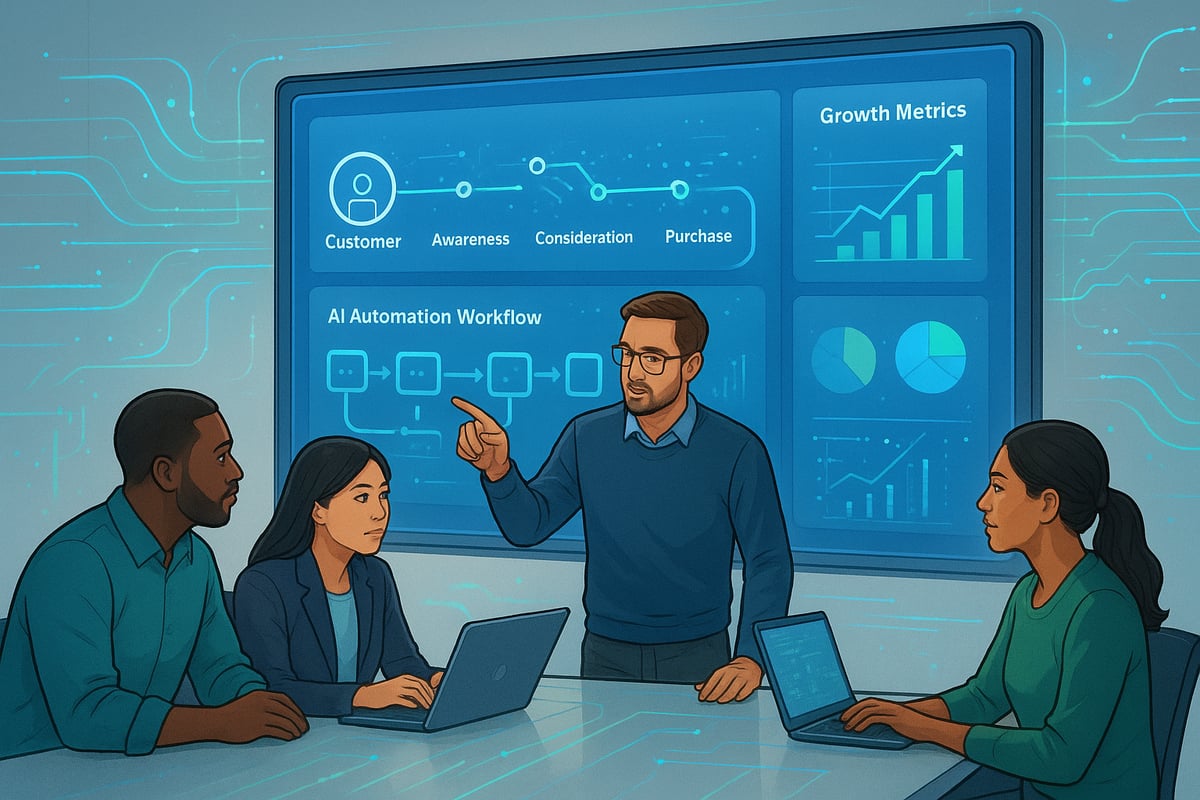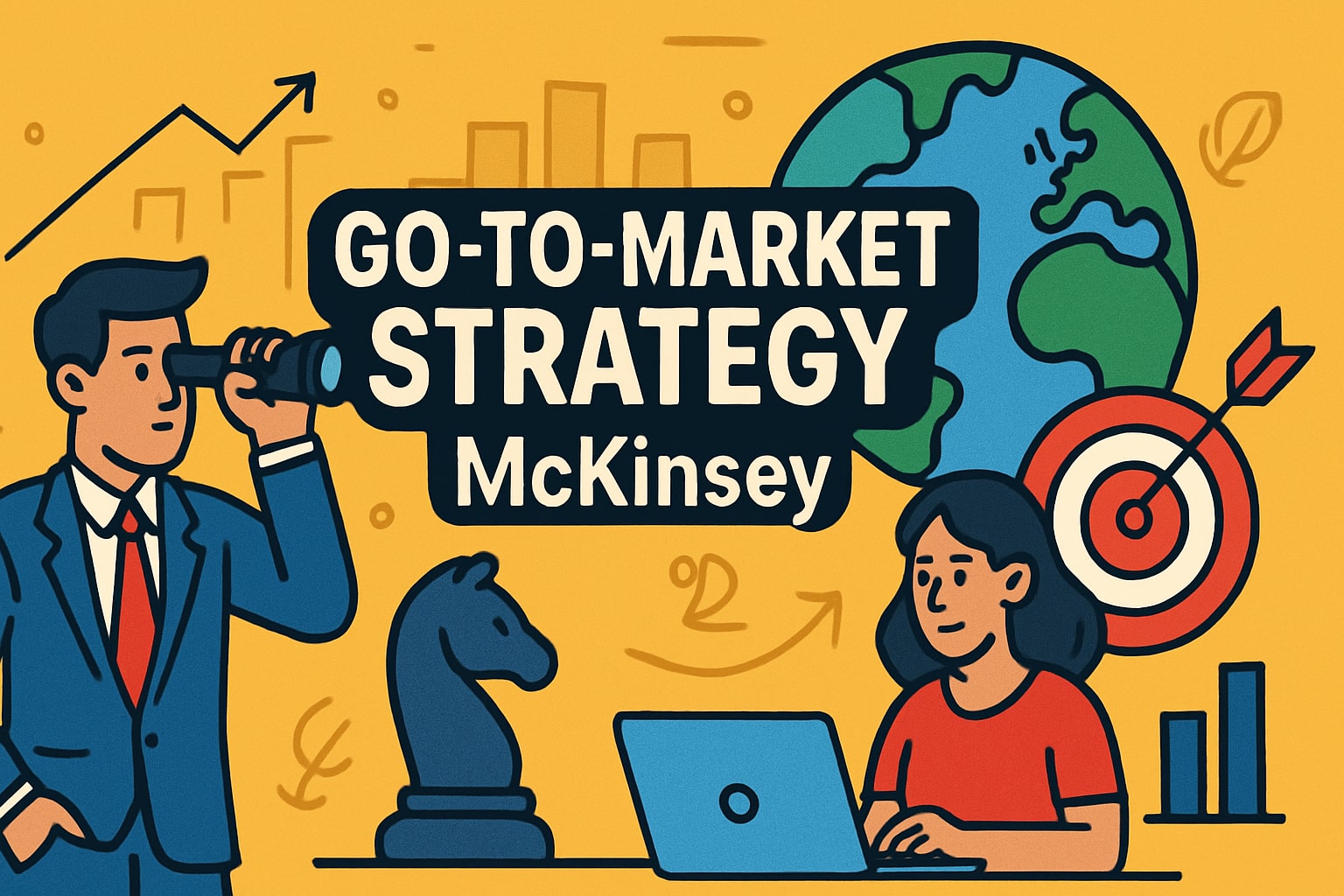Market Growth Guide 2025: Strategies for Sustainable Expansion


As 2025 approaches, B2B SaaS leaders are entering a landscape defined by rapid market shifts, fierce competition, and ever-evolving buyer demands. Navigating market growth now requires more than bold ambition—it takes unified strategies grounded in data and execution.
This guide delivers proven, actionable frameworks for sustainable market growth. You will learn how top SaaS companies align product, marketing, and sales into a single, high-performing growth engine.
Inside, discover:
- The latest trends shaping market growth in 2025
- Why cross-functional alignment is critical for revenue acceleration
- How Agentic AI is transforming SaaS go-to-market execution
- A step-by-step roadmap for scalable, measurable expansion
Ready to turn uncertainty into opportunity? Let’s chart the path to sustainable market growth together.
Understanding Market Growth in 2025: Trends and Challenges
Market growth in the B2B SaaS world means more buyers, higher sales volumes, and a larger slice of the competitive landscape. In 2025, the pace of change is staggering, and leaders must rethink what market growth truly requires.
Key 2025 Trends Shaping Market Growth:
- AI-driven automation is mainstream, powering everything from lead scoring to customer retention.
- Buyers are more sophisticated, demanding clear, provable ROI before committing.
- The market is fragmenting, with new competitors targeting niche needs.
- Product lifecycles are shrinking, forcing constant innovation.
According to recent research, the B2B SaaS market is projected to reach $1.3 trillion by 2030, with sectors like cleantech growing at 18% annually. Explore more about these projections and drivers in this B2B SaaS market projected to reach $1.3 trillion by 2030 report.
Shorter product lifecycles and rapid market shifts mean SaaS companies must adapt faster than ever. For example, Zoom saw explosive market growth during the pandemic by meeting urgent remote work needs, while Slack diversified across industries to capture new segments.
Today, sustainable market growth is about more than acquisition. Agility, customer-centricity, and technology adoption are essential, making retention, expansion, and customer advocacy just as critical as new sales.

Aligning Product, Marketing, and Sales for Unified Growth
In the fast-paced world of B2B SaaS, disconnected teams often pull in different directions. Product, marketing, and sales may chase separate KPIs, making true market growth feel just out of reach. When these core functions operate in silos, misaligned goals and fragmented data lead to missed opportunities, slow pipeline velocity, and a lack of accountability.
Forward-thinking SaaS leaders are breaking down these barriers. They are integrating all go-to-market teams into a single, unified growth function. This shift is not just about process—it is about building a culture where every action ties back to measurable revenue outcomes. Companies that embrace this model see faster ARR growth, reduced churn, and stronger market positioning.
What does alignment look like in practice? Consider a SaaS company that brings product, marketing, and sales together for weekly alignment sessions. They use shared dashboards to track KPIs like pipeline growth, customer retention, and expansion ARR. Cross-functional playbooks ensure everyone speaks the same language, and Agentic AI tools automate handoffs and surface actionable insights in real time.
| Team Structure | Pipeline Velocity | Customer Retention | ARR Growth |
|---|---|---|---|
| Siloed | Slower | Lower | Inconsistent |
| Unified Alignment | Faster | Up to 36% higher | Scalable |
Organizations with aligned teams can adapt quickly as markets shift. They deliver a seamless customer experience, which is now a must for market growth. Regular alignment meetings, transparent KPIs, and product marketing strategy fundamentals help ensure that every team member is rowing in the same direction.
Agentic AI takes this further by automating repetitive tasks, enabling teams to focus on strategic initiatives. When product, marketing, and sales share goals and data, market growth becomes not just possible, but repeatable and measurable.
True GTM alignment is the foundation for rapid adaptation and complex expansion plays. In 2025 and beyond, it will separate the market leaders from the rest.

Leveraging Agentic AI and Automation for Scalable Expansion
Imagine a world where your SaaS go-to-market team operates with the speed and precision of a well-tuned engine. In 2025, Agentic AI is no longer science fiction but the driving force behind scalable market growth for B2B software leaders.

What Is Agentic AI and Why Now?
Agentic AI, or Agentic Automation, refers to autonomous, goal-driven systems that execute business processes across sales, marketing, and product functions. These digital agents act with intent, learning from data and adapting in real time.
In 2025, B2B SaaS teams adopt Agentic AI to:
- Automate lead qualification and scoring
- Personalize onboarding and customer journeys
- Predict churn and proactively engage at-risk accounts
This shift is not just about technology. It is about enabling teams to focus on high-value, strategic tasks while AI handles repetitive, data-heavy work that used to slow market growth.
Real-World Use Cases and Measurable Impact
Consider a SaaS company deploying Agentic Automation to streamline onboarding. Instead of manual follow-ups, AI agents nudge users, surface helpful content, and alert sales to upsell opportunities. This approach frees up human teams to build relationships and close deals.
- AI-powered companies now report 22% faster market growth year over year.
- Teams using Agentic AI see greater pipeline velocity and improved retention.
- Early adopters are more responsive to market signals and customer needs.
According to AI adoption driving ROI for B2B teams, integrating Agentic AI into GTM strategies delivers measurable ROI, making it a linchpin for sustainable expansion in the evolving SaaS landscape.
Step-by-Step Framework for Sustainable Market Growth
Achieving market growth in B2B SaaS requires a structured, repeatable process that unifies teams and technology. Imagine a SaaS founder who wants to break into a new vertical in 2025. The journey begins by setting CSMART goals—challenging, specific, measurable, achievable, relevant, and time-bound. For example, aiming to increase monthly recurring revenue by 22 percent within the year is a clear target.
Next, map the entire customer journey. Break it into stages: awareness, acquisition, activation, adoption, retention, advocacy, and revenue. This ensures every team understands where buyers are in their decision process and how to engage them. By visualizing the journey, you reveal hidden friction points that can slow market growth or cause churn.
Defining key performance metrics for each stage is critical. Measure everything from click-through rates and trial sign-ups to activation, retention, and ARR. Reference industry benchmarks, like those in the 2025 SaaS performance metrics and benchmarks, to set realistic targets and identify outliers. Use data analysis to spot bottlenecks—perhaps onboarding completion rates are low or churn is unexpectedly high.
Once bottlenecks are clear, align product, marketing, and sales teams using unified dashboards and shared KPIs. This cross-functional approach ties every activity to pipeline and revenue, creating accountability. Deploy Agentic AI to automate repetitive tasks, personalize engagement, and predict growth opportunities. AI-powered lead qualification or automated onboarding can dramatically accelerate results.
Finally, foster a culture of continuous iteration. Use real-time feedback and market signals to refine strategies. For inspiration, explore SaaS growth strategies that showcase how leading companies operationalize these steps to achieve sustainable market growth. By following this framework, SaaS companies can enter new markets, achieve measurable ARR impact, and build long-term resilience.

Case Studies and Real-World Examples of Sustainable Expansion
Real-world stories reveal how B2B SaaS leaders achieve sustainable market growth by blending unified go-to-market execution, AI adoption, and smart diversification.
- Slack expanded its market from tech into education and non-profits, tailoring its product and messaging to fit new audiences.
- Zoom captured massive new market share during the pandemic by prioritizing user experience, scalable pricing, and rapid onboarding.
- HubSpot diversified beyond marketing automation, launching customer service tools and targeting new verticals for resilient revenue.
Companies with diversified strategies report higher resilience and revenue streams. For more detailed go-to-market strategy examples, explore how top SaaS firms operationalize these approaches. These successes prove that unified GTM, Agentic AI, and data-driven frameworks are the cornerstones of modern market growth.
You’ve seen how rapid market shifts and the rise of Agentic AI are changing the game for B2B SaaS in 2025, and you know sustainable growth isn’t just a buzzword—it’s a necessity. I’ve worked with founders who started with scattered goals and ended up with a unified team, clear dashboards, and revenue that finally matched their ambitions. If you’re ready to turn these strategies into real results and move from product problem fit to enterprise grade expansion, let’s connect. Bring your challenges, your goals, and your story—I’d love to help map out your next chapter.
Book Your Personal Intro Call

Latest From
The Blog
Go To Market Strategy Consulting Guide For 2025 Success

Go To Market Strategy McKinsey Guide For Success 2025

Crossing the Enterprise Chasm: A Practical Guide to Sales-Led Growth (SLG)


Let's Build The Future Together







.jpg)